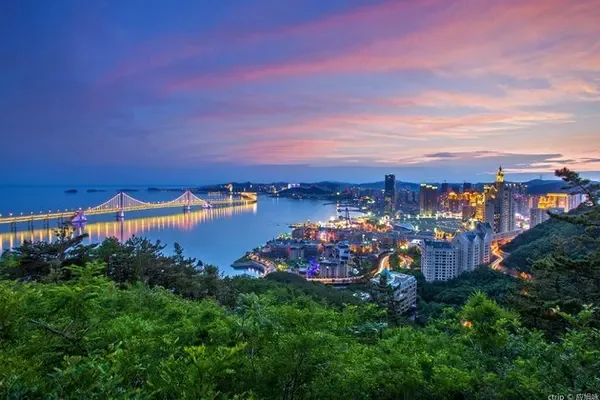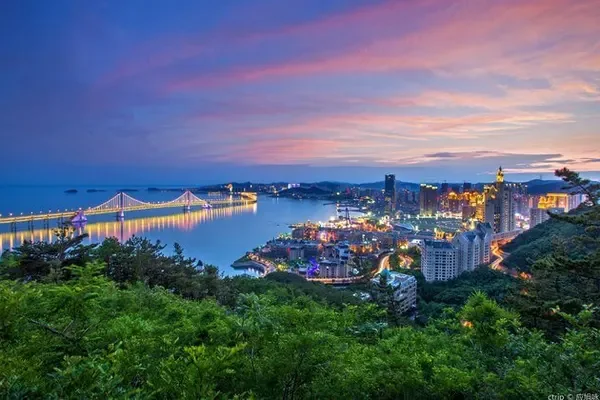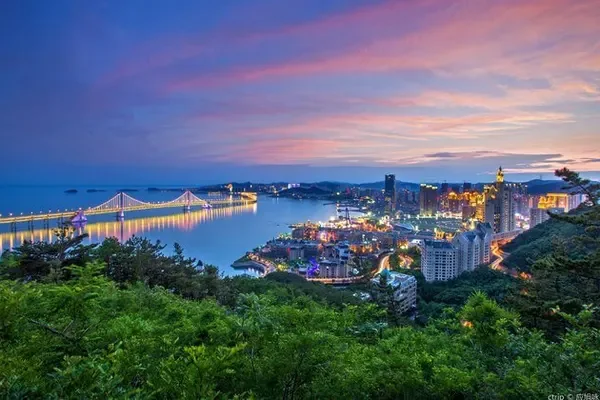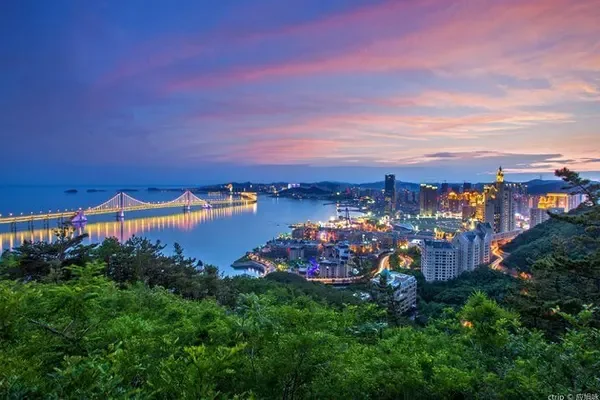Dachaidan is located in the northwest of Qinghai Province, on the northern edge of the Qaidam Basin, and is the "Northern Gate" of the Qaidam Basin. The full name of Dachaidan is Dachaidan Administrative District, which is a county-level administrative area under the jurisdiction of Haixi Mongolian and Tibetan Autonomous Prefecture in Qinghai Province. Its management agency is the Dachaidan Administrative Committee, which is an agency of the Haixi Prefecture Government. Such an administrative organization is also rare in the country.
The Qaidam Basin in the south of Dachaidan covers an area of about 240,000 square kilometers. It is rich in various minerals such as iron ore, copper ore, tin ore, and salt mine. It is called the "cornucopia". In the 1950s, Dachaidan was the main battlefield for the development and construction of the Qaidam Basin. In order to open up the oil resources in Qaidam, the state built many facilities based on Dachaidan. At that time, Dachaidan had a population of 50,000. It was the second largest city in Qinghai Province at that time. In the early 1960s, due to the shift of oil development strategy, it fell silent. In recent years, with the implementation of the Western Development Strategy, this place has begun to glow with vitality.
Established in 1988, Delingha City is the seat of the Haixi Mongolian and Tibetan Autonomous Prefecture in Qinghai Province, and is the political, educational, technological and cultural center of the whole prefecture. Delingha is a Mongolian transliteration, which means "golden world".
Delingha has obvious geographical advantages. The Qinghai-Tibet Railway and the G315 line pass through the city, and the Dedu Highway is connected to the G109 National Highway. It is a transportation hub connecting Tibet in the south, Gansu in the north, Xinjiang in the west, and Xining in the east.
We visited Dachaidan Emerald Lake on the morning of October 21, 2020, and then went to Delingha. On the way, we visited Tosu Lake and Keluke Lake; on the 22nd, we traveled from Delingha to Gangcha County.
Dachaidan Emerald Lake is located next to Yike Qaidam Lake, ten kilometers west of Dachaidan Town. It used to be a mining pit in the mining area of a chemical company. It was called a salt lake by the locals. Under the sunlight, due to the different shapes and shades of the pits, they will also appear light green or blue, as if pieces of crystal clear "emeralds" are inlaid on the ground.









Tosu Lake and Keluke Lake are located in the northeast of the Qaidam Basin, on the Huaitou Tala Grassland about 50 kilometers west of Delingha. They are a pair of "sister lakes" that are beautiful, tranquil and have a long charm.
We drove from Dachaidan along the G315 to Delingha, and after walking to the Huaitou Tala service area not far from the two lakes, the navigation instructions asked us to turn right and enter the X407 township road. The farmland scenery on the way was not bad, especially It was because a water pipe hanging from a tree to irrigate the farmland burst, and the water flowed out of the pipe. Due to the low temperature, it actually froze into an ice sculpture.




Turning east and west on the country road for nearly an hour, we came to a place called Tosu Lake Field Activity Center and the road was closed. When we asked, the road was flooded, so we had to walk to the Tosu Lake. The road is submerged in the water, but it can be regarded as seeing the true face of Tosu Lake.








There is also an alien site nearby, which is also inaccessible due to flooded roads.

Leaving Tuosu Lake, we drove back to G315 along the small road, and finally arrived at Keluke Lake. Compared with Tuosu Lake, the scenery here is more beautiful, especially the yellow reed grass in the blue sky and blue lake water. Against the background, it is particularly eye-catching.












It can be seen from the content of the memorial wall erected by the Keluke Lake that there are precedents for the flooding of Tosu Lake in history, and it is not surprising that we encountered it this time.

The hotel we stayed at in Delingha is located near the Bayin River. On the banks of the Bayin River in the night, the lights are bright and colorful, and the scenery is pleasant.



———End of this section———



